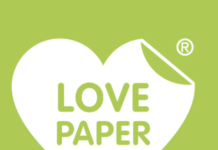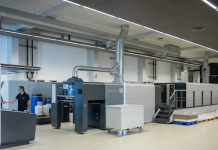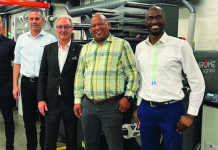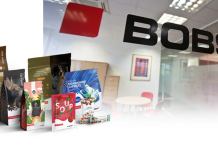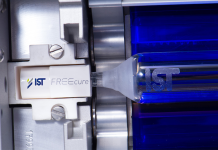In a recent commentary, Fred Bercovitch, a wildlife conservation biologist at Kyoto University, challenged conventional wisdom that a paperless workplace is more environmentally friendly than one using paper.
‘Arguing about paper or paperless as a more eco-friendly tactic is as productive as arguing about how many angels fit on the head of a pin. There is no free-ride, only conscientious attempts to keep the ride as low cost as possible,’ said Dr. Bercovitch.
Dr. Bercovitch points out that our increasingly paperless society ‘has a gigantic ecological footprint.’ Tablets, laptops, desktops, cellphones and fibre optic data transmission networks which may all replace paper in some ways, not only take vast amounts of energy to produce and function; their operation requires the use of rare earth elements (REEs). ‘And, herein lies the conservation conundrum because the extraction and use of REEs devastates the environment.’
REEs must be extracted from the ground through open pit mining ‘which involves gouging out humongous areas of land to substantial depths and bringing the resultant material to a location for the extraction’. This mining consumes large amounts of fossil fuels, results in air and water pollution and leaves behind scarred ecosystems.
During extraction, REEs are separated from the geological material that encrusts them using water, solvents, chemicals, and toxic metals which may pollute the air, ground, or water with devastating consequences. The unwanted rocky leftovers often contain radioactive material, which tends to be found in the same deposits as the REEs. REEs are not really ‘rare’ but it is unusual to find them in concentrations high enough for economical extraction. They have special properties that are crucial to our modern devices and are irreplaceable since synthetics do not exist. There are no substitutes for REEs.
Although only tiny amounts of REEs may be used in each device, at a global scale the amounts are enormous. For example, a typical cell phone contains a little over 2.8g (0.1 ounce) of neodymium (in the tiny rechargeable battery in the screen), and europium, terbium, and yttrium (in the liquid crystal display screen). In the U.S. alone, there are roughly as many cell phones as there are people and therefore about 1000 tons of REEs are embedded in just this one kind of device. Worldwide, close to 150000 tons of REEs are used every year in the manufacture of electronic devices and instruments.
The U.S. Environmental Protection Agency estimates that most people obtain a new cell phone about every 18 months and that only 1 to 10 % of cell phones are recycled in the USA. The rest end up in landfills as electronic waste. In 2005, about 65000 tons of electronic waste in the USA was from cell phones, or less than 1% of the electronic waste generated by the United States.
Dr. Bercovitch noted that ‘We live in an era of constant demand for more and better electronic devices. That demand requires more REEs, as well as more electricity for both manufacture and use of the multiple devices.’ This results in ‘an unseen, but not invisible, impact on the environment.’
While paper production does have an environmental cost, it also has the following unique inherent sustainable features over many other products (for example electronics):
• It is made from natural and renewable raw materials, trees, which are the product of soil, water and sunlight, and can be harvested, re-planted and used indefinitely if forests are managed responsibly.
• Paper is one of the most recycled commodities in the world with levels of over 65% recovery in North America, and paper can be recycled 5 to 7 times to make new paper products.
• Paper production is one of the highest users of renewable energy, with over 65% of energy coming from renewable sources such as biomass.
• Well-managed and third-party certified forests provide numerous environmental, social and economic benefits throughout North America, including protection of air and water, and acting as a carbon sink to help mitigate the impacts of climate change, to name a few.
There are few products around us that can boast these sustainable qualities.



